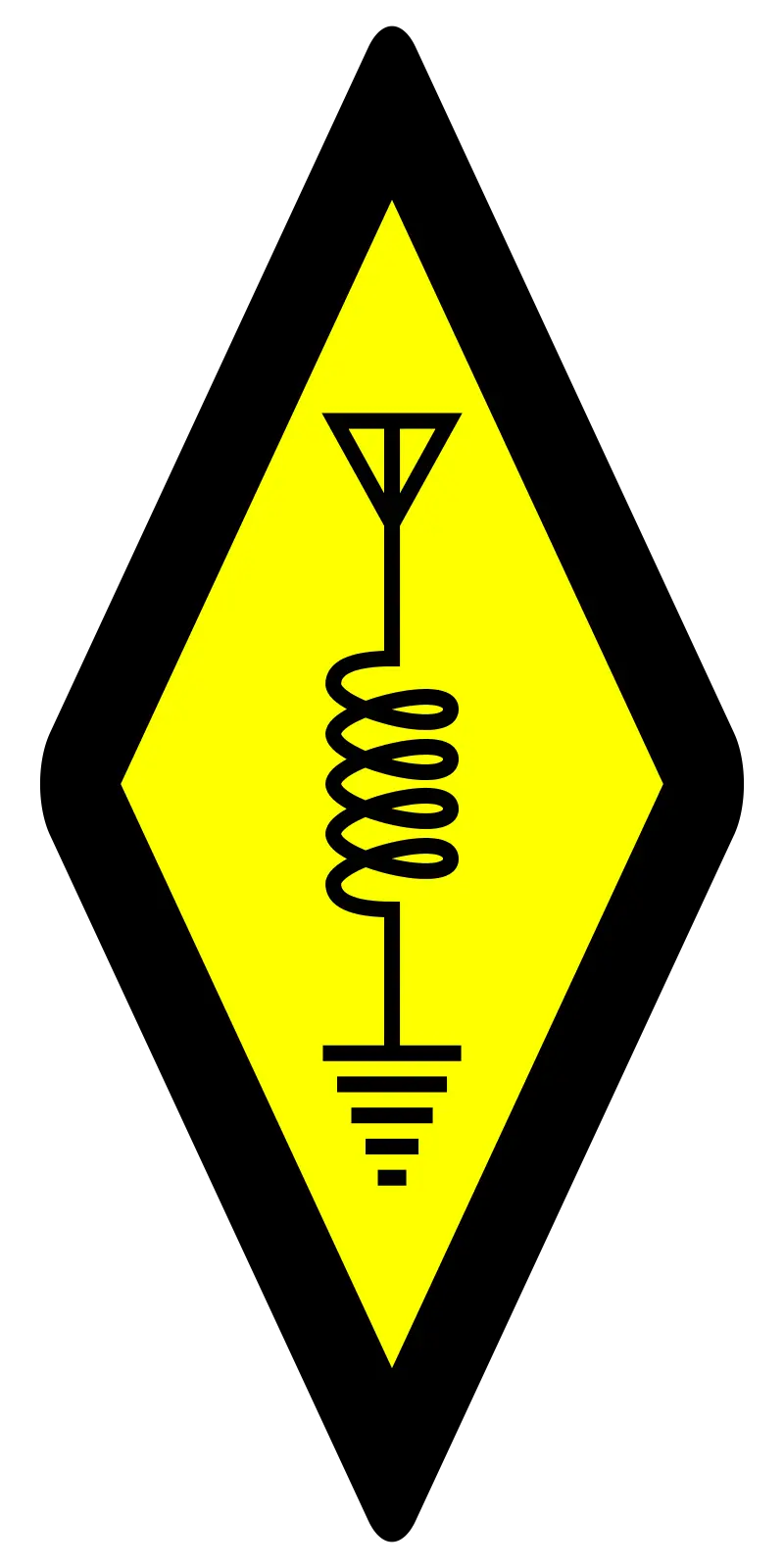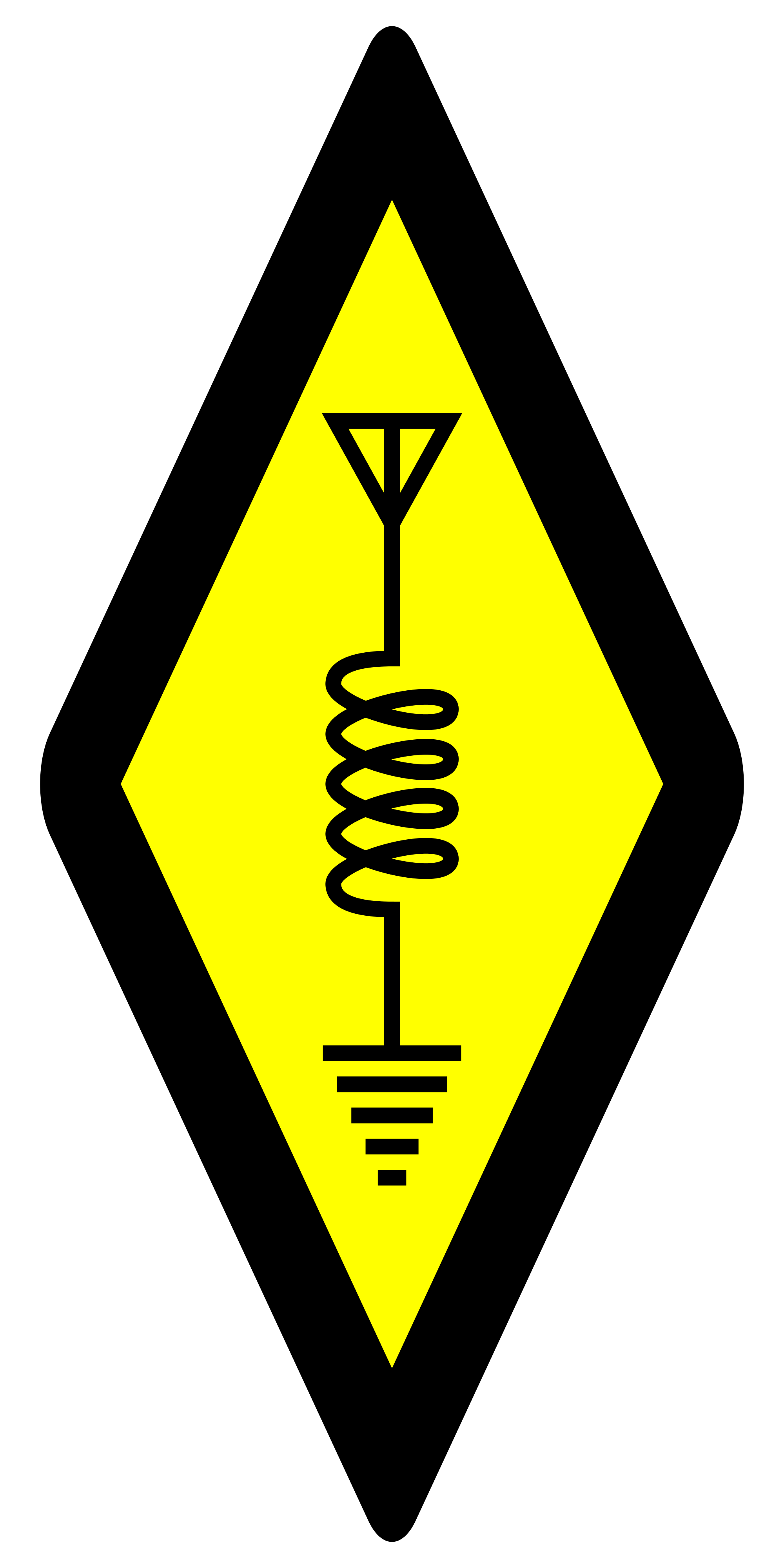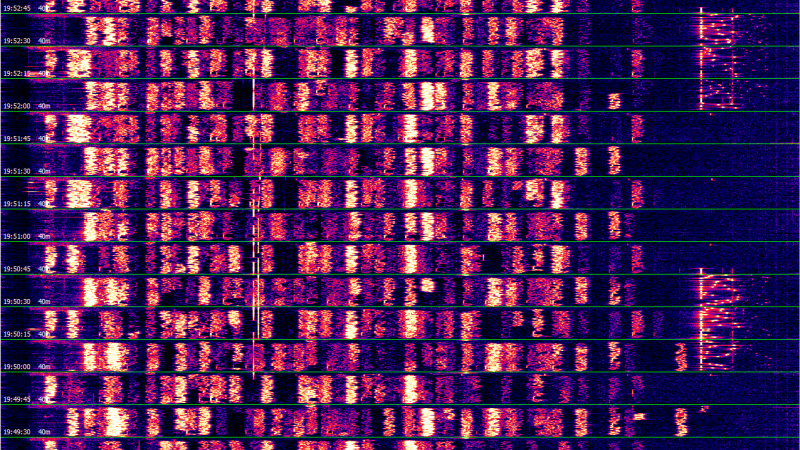Bandwidth doesn’t put a hard limit on bitrate either. It’s one variable, but there’s also SNR (See Shannon). With a fixed bandwidth, you can have low bitrate and excellent low-SNR performance (think of Olivia), or you can have higher bitrates, and require stronger signals. For practical purposes though, you are not going to get highspeed internet on HF. But that’s what sharing is like. 🤷♂️
Jason - VE3MAL
- 0 Posts
- 36 Comments

 4·2 years ago
4·2 years agoIt’s a neat idea, but could be implemented entirely in software with a RTLSDR. Not my cup of tea, but I’m all for absolutely ANYTHING that gets more activity on V/UHF.
A longer term project goal for me would be a SBC and a couple RTLSDRs with a good antenna that simultaneously does APRS igating, streaming audio of all the local repeaters and a few simplex channels, and notifications like this project, and like the “adventure radio” project that uses CTCSS tones to trigger alerts. I think it would be a nice service to provide for locals. The only “trick” is that RTLSDRs can only simultaneously decode within a 2.5mhz window, so it would probably require a little scanning to cover everything, or too many sticks. Doing a project cheaply, but effectively, encourages copy-cats.

 3·2 years ago
3·2 years ago50 meters is enough for a 80m 1/2w dipole. And yes, google a “fan dipole” - you can hang multiple dipoles below each other with as little as a few inches of separation. However, the dipoles interact with each other, and getting it right gets more troublesome the more you do.
Neat idea. Odd that those diagonal telescoping rods don’t interfere with the yagi pattern?

 1·2 years ago
1·2 years agoI agree, a low power SWL license scheme would be fantastic. If you think you can convince your representative to advocate for it, go for it. Currently, even low power community FM is barely tolerated as a license class, and regulators tend to think of SWL as REQUIRING that the targeted audience be non-domestic.
God the Klingon thing was silly. Do we need an explanation as to why the TOS ship had plastic, 1960s themed furniture? Do we need an explanation for improved camera resolution over the years? Why did we need a silly explanation for the improvement in makeup artistry so many decades later? And the explanation doesn’t even work. Genetics don’t work like that. It’s taking themselves too seriously. Either ignore it, or hang a lantern on it with an inside joke once, and be done with it.
It mirrored the contemporary idea of the “End of History”, where all the existational crises were done with, the federation (was basically moving into a time of refinement rather than having to worry that the experiment might still utterly and completely fail. TNG was basically one long, slow lesson of why that was a flawed notion. You don’t build a cruise liner, fill it with families, and then intentionally send it into the kind of peril that regularly befitted the Enterprise D. In retrospect, it was completely ridiculous.

 1·2 years ago
1·2 years agoThat’s basically what shortwave pirates are. Usually former ham transceivers modified to transmit out of band. The cost of licensing and building a shortwave broadcast station are immense. And there’s the pesky problem of finding advertisers when the license scheme basically requires you to at least look like you are targeting non-domestic audiences. Hams have occasionally purchased time on existing transmitters when it’s cheap, but as far as “experimental modes” go, it would typically have to be something that can be modulated by an AM transmitter.

 1·2 years ago
1·2 years agoIt cannot be parity because, unlike the fiber Internet, it’s fundamentally limited by the HF spectrum and the cost of this type of operation. Most traders will not have this option and will get fleeced by those with the resources.

 4·2 years ago
4·2 years agoAgreed. This isn’t a responsible use of spectrum, unlike, say commercial shortwave broadcasting. This practice is purely about gaining a pay-for-play advantage in high frequency stock trading over traders that can “only” communicate across the country via fiber internet links. No net benefit, even for the stock traders, who will be hurt by this more often than they can take advantage of it. Sure, sell HF licenses to commercial users, but this is a bad idea.
fyi, nearly everyone that succeeds in achieving morse proficiency recommend strongly against any sort of visual cues like this. It’s an auditory “language” and adding visual interpretation steps just adds cognitive load and hurts in the long run. It may be fine if your goal is to learn max 5 words per minute or something extremely slow.

 6·2 years ago
6·2 years agoYes. This is a setting in the menu. Audio source is selectable separately for -D and non-D, so one of them can use the mic and one can use the aux, or whatever you want. I believe it also recalls the various DSP settings as well, so you can set things up how you like for phone, and for digi and easily toggle back and forth.
It’s not about a pre-set per-se, but about having 2 custom U/LSB profiles.
That manual is written by Jordan, but the key point is not the manual, it’s the software and protocol.
JS8Call has a few bits it can devote to “special” group calls that save a lot of bandwidth, and saving bandwidth improves how much you can send in a single cycle, improving both communication speed AND fidelity. But there are only a few of them because they are limited by the protocol design, so Jordan necessarily has to be selective. He chose to devote one of those to a group with christofascist and insurrection ties. That is an implied endorsement, or special assistance rendered to that group that turns off a LOT of hams. It’s quite literally baked in to the software. If that doesn’t bother you, fine, but I hope you can see why many of us would rather just stay clear of something like that.
The relaying is also a problem. Though most people don’t automatically relay, it’s worth being aware that if you turn that feature on, you could be carrying water for AMRRON. It could also be illegal at a point. Without the network features of JS8Call, it doesn’t actually bring a while lot of fancy features beyond existing digimodes.
Put the volt-meter in series with a switch or momentary button. They tend to draw a little power, so you don’t want it draining your battery when you are not using it. If you stick a cig (accessory) port in there too, you could plug in other things, or a usb charger or whatever if needed. I’ve used my pota battery to run a small 12v air compressor, for instance.
Amateur radios are generally spec’d at 13.8v plus or minus either 10% or 15% so that they work on a non-running car (12.something volts) or if an alternator is running a bit hot. A 100W radio like this is pretty much always going to require around 20amps at full power -but they have adjustable transmit power. They don’t transmit as well at the lower voltage range, but most people don’t worry about it.
It’s a (kind of silly) throwback to the radios that armies used in the first half of the 20th century that were large enough to necessitate a dedicated person backpacking them around everywhere. It’s still common in ham radio like other traditionalist terms. “Portable station” is more accurate, but maybe boring?
There’s negligible advantage in loss going from pl259 to N connectors on HF. You don’t have the kind of losses you do on VHF and especially UHF. The only time N is really nice is when you need an intrinsically weatherproof connector -but this is mounted inside the weatherproof box.
If you want slightly better loss specs AND a more convenient, quicker connector, BNC is great. But PL259, as I said, is fine.
I would look at fabbing up a box that fits snugly, rather than “clamping” them. That could protect against puncture as well. A 3d print or thin plywood glued together would be fine.

 5·2 years ago
5·2 years agoStar Trek discussion /usually/ tends toward anything new being bad, and always has. SNW and lower decks are exceptions because they do so much fan service and return to a more classic Trek format. Discovery was groundbreaking in a way that I’m sure Roddenberry would have enjoyed, but groundbreaking also implies jarring change and throwing away things that work for experiments that sometimes don’t.

On HF, unfortunately, physics is going to keep you from having high speed data. The Shannon–Hartley theorem puts a ceiling on the maximum bitrate of a channel in the presence of noise. If you are on HF with your 100w transceiver and a dipole antenna, your signals are always going to be weak enough on the other end of a skywave contact to limit your data throughput. Even given a magical ham prodigy that invents the best mode imaginable, it’s going to be Kbps, not Mbps. If you want to learn about the development of open source, higher throughput digital modes for HF, I highly recommend David Rowe’s blog on the development of FreeDV over the years. There’s even a recent move to general data in addition to digital voice. However, we are talking about single digit Kbps digital. There are some other modems used by the Winlink folk that are a little higher. The drop of the baudrate limit will just remove an artificial contraint, and headache, on that development.
On line-of-sight VHF and up connections, it gets easier and easier as you have higher gain antennas pointed at each other and lower natural noise figures.